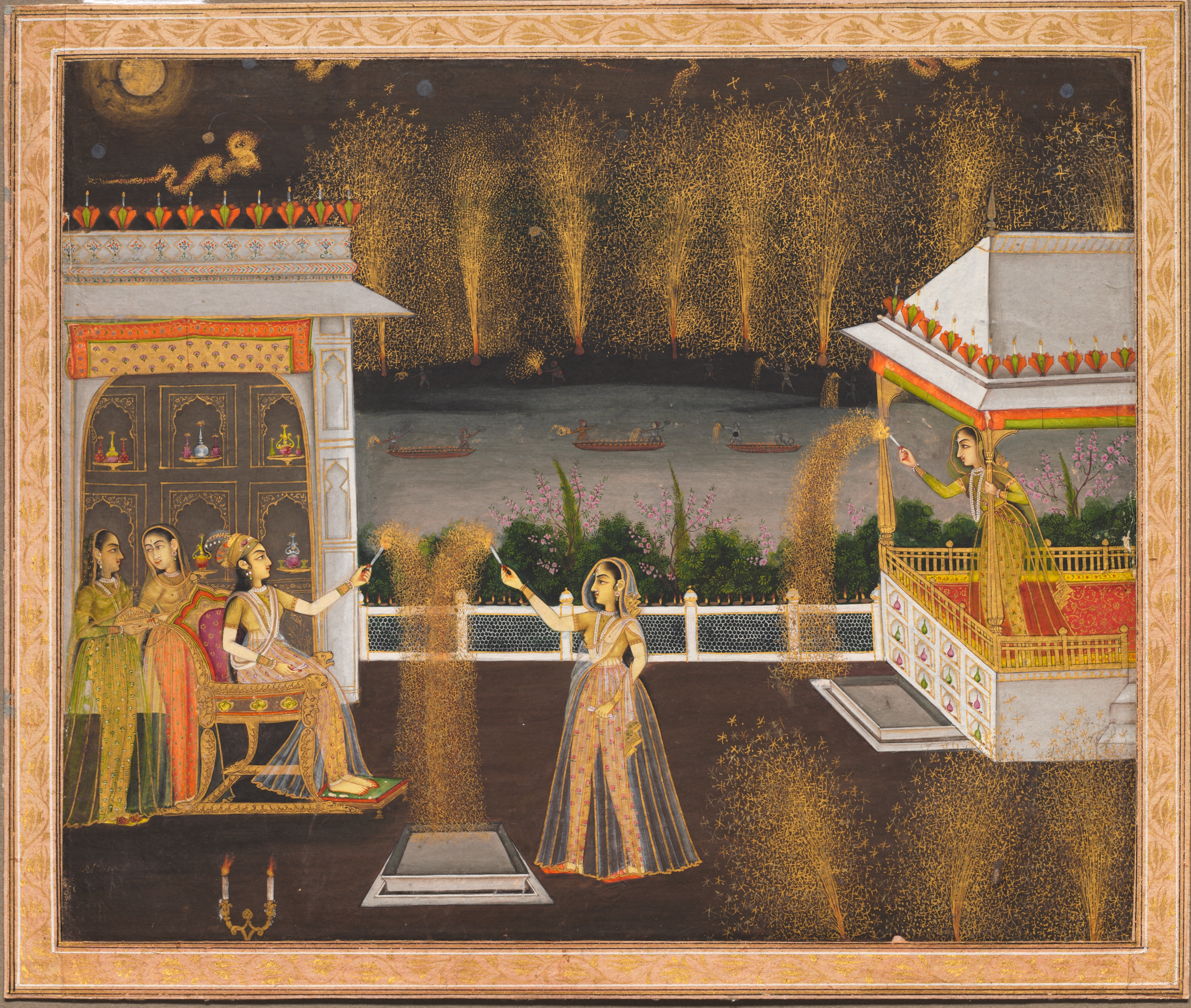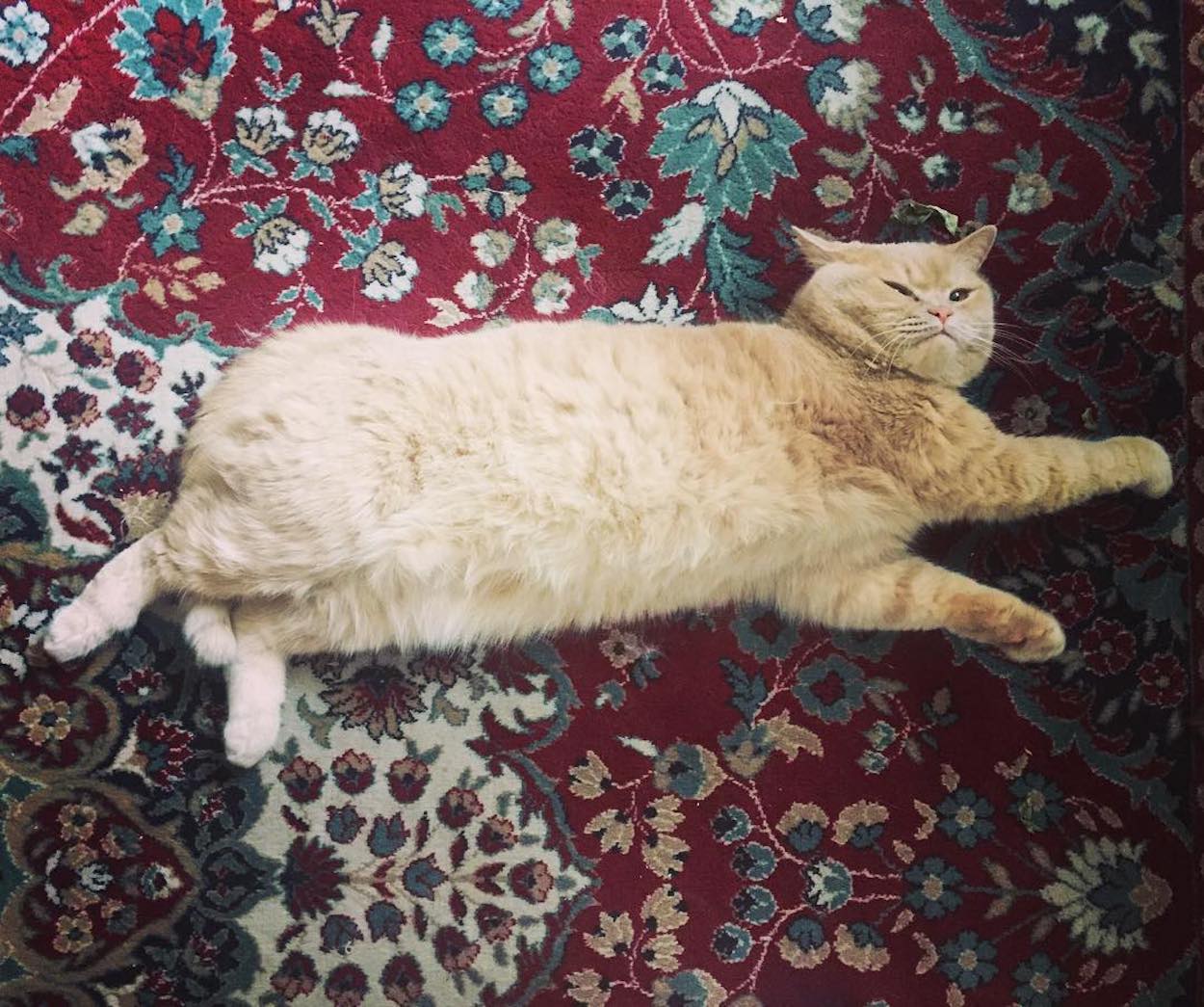Diwali is the Festival of Lights and the most important Hindu celebration of the year. It has been celebrated since ancient times, and the story behind the festival as well as the rituals differ from region to region. The most common legend is that Diwali commemorates Lord Rama's triumph over the evil king Ravana, and Rama’s subsequent return to the kingdom of Ayodhya after spending 14 years in exile.
According to other Hindu folklore, Diwali marks the birth and the wedding of Lakshmi, the Goddess of Wealth. It is believed that Lakshmi can be welcomed into the home on Diwali, along with her promise of wealth and good fortune, by illuminating homes with lamps and by religious rituals dedicated to her. The date of Diwali is determined by the Hindu Lunar calendar; it usually falls on the night of the full moon between mid-October and mid-November.
This painting from the Mughal school describes the celebration of Diwali in a royal household. Paintings of royals, particularly royal women in their palaces, were immensely popular themes in Mughal artworks. This painting is set in the terrace of a royal palace. There are candles decorating the edges of the roof and diyas (oil lamps) all along the lattice railings. A princess or noblewoman in royal finery is seated on a golden throne surrounded by her attendants. She is holding a sparkler, as is customary during Diwali festivities. The ladies accompanying her are dressed in traditional ghagras and pearls, attending to her needs and playing with sparklers as they enjoy the evening. The boats in the distance are also decorated with diyas and show men playing with sparklers. More men appear in the distance lighting fireworks and creating a majestic display as the full moon shines down on them.
- Maya Tola
P.S. Here's a story of the festival of Diwali through art!
BTW: Today is the Cleveland Museum of Art's Open Access Anniversary. A year ago the museum decided to use the Creative Commons Zero (CC0) designation for high-resolution images and data as related to its collection, which means the public now has the ability to share, collaborate, remix, and reuse images of around 30,000 public-domain artworks from the CMA’s collection of art for commercial and non-commercial purposes. Thanks to it, we can use it too! : )


 Unknown Artist
Unknown Artist